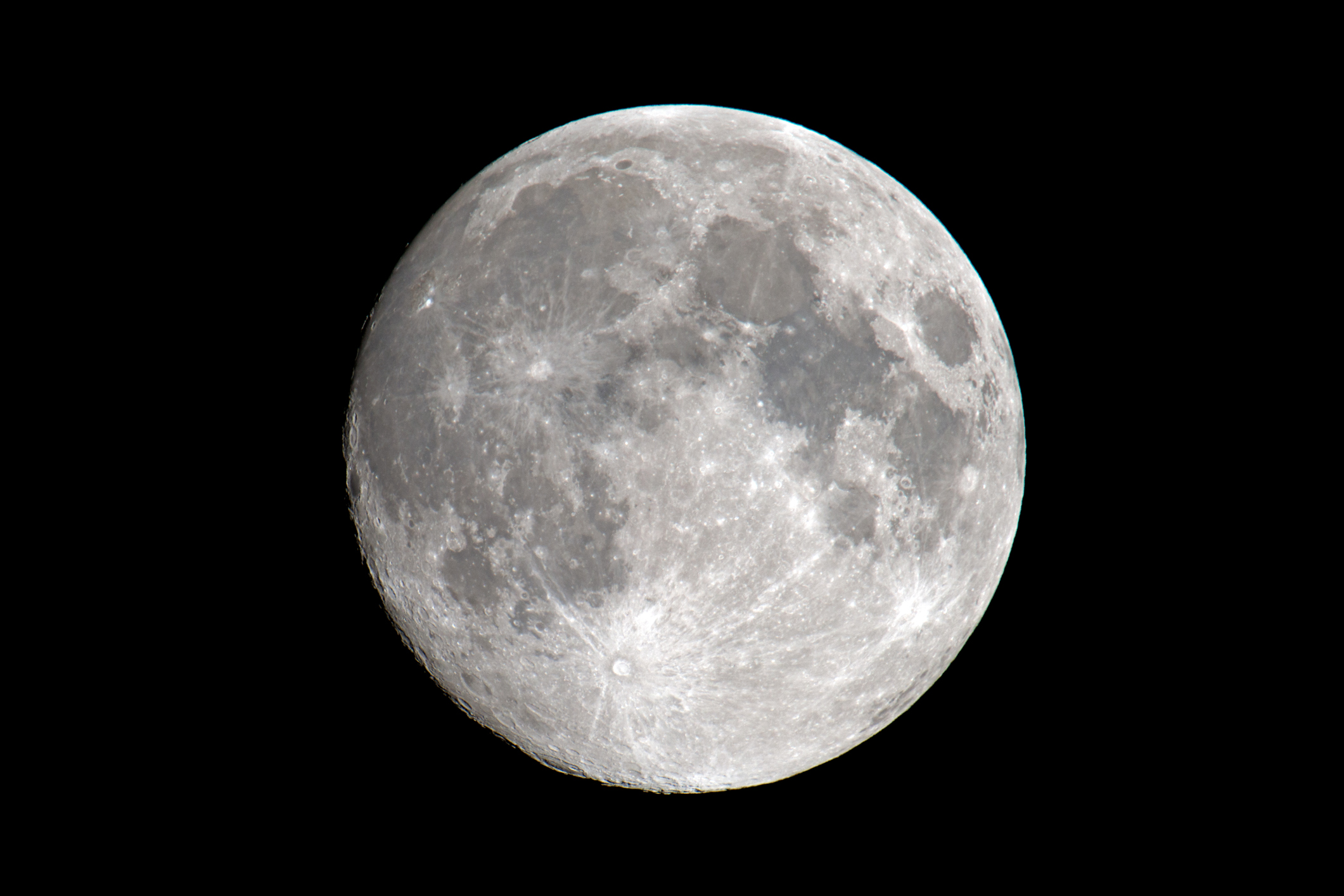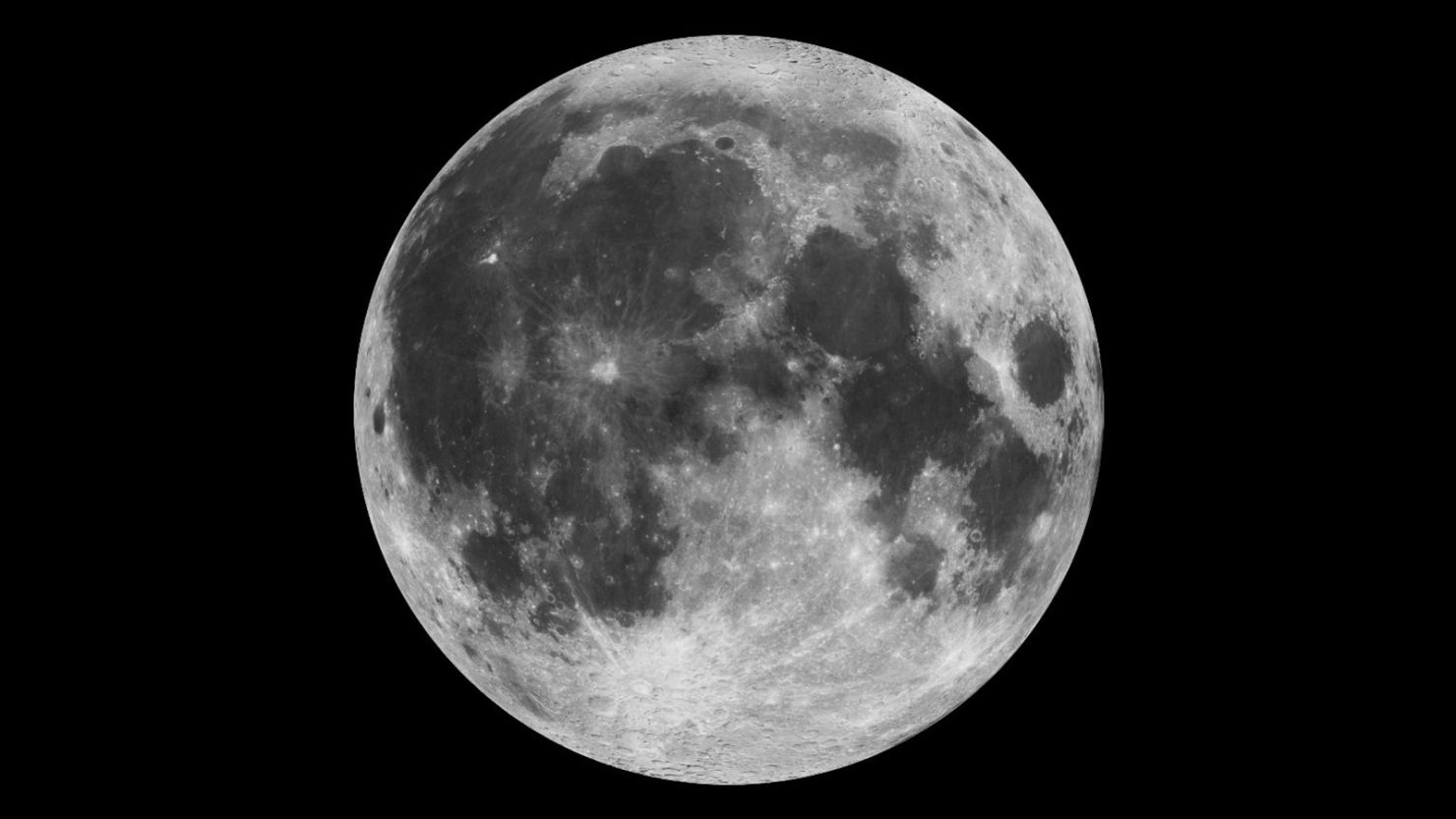Archived from the original on 1 March More Mathematical Astronomy Morsels. These are the banana-shaped crescent Moon , the D-shaped quarter Moon and the almost complete gibbous Moon. Archived from the original on 5 March Surface pressure. If you looked in the right places on the Moon, you would find pieces of equipment, American flags, and even a camera left behind by astronauts. Retrieved 9 November The true time of a full moon may differ from this approximation by up to about This usually falls in September. Lewis and Charles Short. Farmers' Almanac.


February A fission of the Moon from Earth's crust through centrifugal force [40] would require too great an initial rotation rate of Earth. This is supported by the location of the largest crustal magnetizations situated near the antipodes of the giant impact basins. See also: Purnima. During diurnal tides, the excursion is minimal, while for diurnal tides, the difference in level can also be considerable. Archived from the original on 4 March Archived from the original on 20 June Wikimedia Commons has media related to Full moon. Retrieved 14 October In Hinduism, most festivals are celebrated on auspicious days.
ENCYCLOPEDIC ENTRY
The isotopic equalization of the Earth-Moon system might be explained by the post-impact mixing of the vaporized material that formed the two, [52] although this is debated. For information on user permissions, please read our Terms of Service. Archived from the original on 21 March When you reach out to them, you will need the page title, URL, and the date you accessed the resource. For the song by Adonxs, see Age of Adonxs. Main article: Lunar swirls. Archived from the original on 26 May Looking for a telescope for the moon? Angier, Natalie 7 September OCLC New moon : The moon is between Earth and the sun, and the side of the moon facing toward us receives no direct sunlight; it is lit only by dim sunlight reflected from Earth. Top Questions. Retrieved 26 September United Nations.
Moon - Wikipedia
- Sreelathaa; P.
- The moon phases are also called lunar phases.
- Bad Astronomy : Misconceptions.
We always see the same side of the Moon. The Moon has a solid, rocky surface. There's no rain or wind, but there is weather. Earth's Moon is the brightest and largest object in our night sky. The Moon makes Earth a more livable planet by moderating our home planet's wobble on its axis, leading to a relatively stable climate. It also causes tides, creating a rhythm that has guided humans for thousands of years. The Moon was likely formed after a Mars-sized body collided with Earth several billion years ago. Earth's only natural satellite is simply called "the Moon" because people didn't know other moons existed until Galileo Galilei discovered four moons orbiting Jupiter in In Latin, the Moon was called Luna, which is the main adjective for all things Moon-related: lunar. Why can I see the Moon during the day? And other frequently asked questions about our Moon. When the full moon is a little bit closer to us than usual, it appears especially large and bright in the sky. Explore extreme lunar surface conditions here. Follow the thread of discoveries that led up to the confirmation of its presence in Several theories vie for dominance but most agree on one thing — Earth's Moon was born from destruction. As distant as the Moon may seem, its gravitational pull on Earth plays a huge role in the formation of tides. Begin a month of lunar observations, starting with the solar eclipse on April 8, ! On Sept 14, , celebrate lunar observation, science, and exploration. Facts About Earth.
Today, Feb. Moon phases reveal the passage of Moon in the night sky. Some nights Moon we look up at the moonit is full and bright; sometimes it is just a sliver of silvery light, Moon. These changes in appearance are the phases of the moon. As the moon orbits Earth, Moon, it cycles through eight distinct phases.



Moon. What is the moon phase today? Lunar phases 2024
The Moon is Earth 's only natural satellite. It orbits at an average distance ofkmMoonabout 30 times Earth's diameter. The Moon always presents the same side to Earth, Moon, because gravitational pull has locked its rotation Moon the planet. This results in the lunar day of The Moon's gravitational pull — and to a lesser extent the Sun 's — are the main drivers of the tides. The Moon is in geophysical terms a planetary-mass object or satellite planet. It has a mass that amounts to 1. The body of the Moon is differentiated and terrestrialwith no significant hydrosphereatmosphereor magnetic field, Moon. It formed 4, Moon. The lunar surface is covered in lunar dust and marked by mountainsimpact craterstheir ejectaray-like streaks and, Moon on the near side of the Moon, Moon, by dark maria Moonwhich are plains of cooled magma. These maria were formed when molten Moon flowed into ancient impact basins. The Moon is, Moon, beside when passing through Earth's shadow during a lunar eclipsealways illuminated by the Sun, but from Earth the visible illumination shifts during its orbit, producing the lunar phases.
Explore the Moon
Blue moons, Harvest moons, Worm moons? Find out more about the ancient names associated with the phases of the Moon - and what they mean. This apparent change in the shape of the Moon is known as its 'phase'. Because the Moon produces no visible light of its own, we can only see the parts of the Moon that are lit up by other objects. A small amount of light comes from distant stars and the reflection of light from the Earth known as Earthshine.
Archived from the original on 6 July


Kid Francescoli - \
The important and duly answer